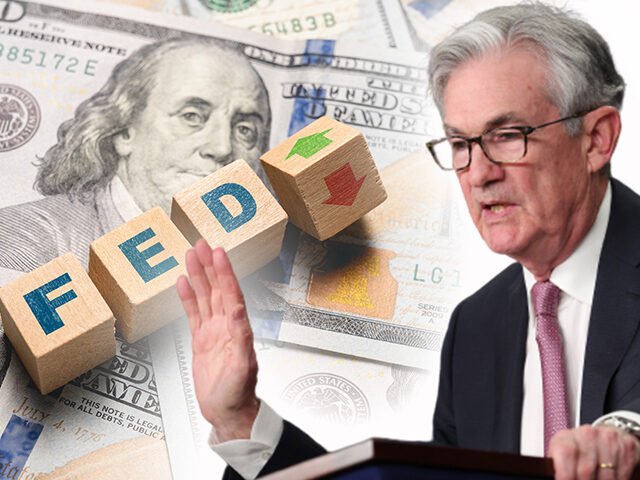We Have a Hunch the “UNCH” Is Coming
The announcement of the Federal Reserve’s interest rate target is likely to be the least interesting thing coming out of this week’s meeting of the central bank’s monetary policy panel.
The Federal Reserve Open Market Committee, or FOMC, is all but certain to leave its benchmark target at the 5.25 to 5.50 percent range it set at the last meeting. The chyrons and digital ticker tapes will almost certainly flash “UNCH” when the two-day monetary policy meeting concludes at two in the afternoon on Wednesday.
If the Fed were going to raise its interest rate target this week, we likely would have heard hints of the move in speeches from Federal Reserve officials last week. Nick Timiraos, the chief economics correspondent for The Wall Street Journal and unofficial Fed whisperer to the markets, would have telegraphed the move. Instead, Timiraos wrote on September 10 that Fed officials “appear to be in broad agreement to hold interest rates there at their Sept. 19-20 meeting.”
The federal funds futures market, which allows traders to hedge the risk of changes in Fed policy or bet on the direction of the overnight rate, now implies a 99 percent chance that there’s no change in the target rate this week, up from a 92 percent chance of no change a week ago.
Fed Will Likely Upgrade Its Growth Expectations
Far more attention is likely to be paid to the economic expectations of Fed officials that will get released in the “Summary of Economic Projections.“ These get released every other Fed meeting, which means that last time we saw what Fed officials thought about the economy was back in June.
Although that was just three months ago, it feels like an epoch in terms of economic forecasts and data. Back in June, many economists were still expecting that the economy could slip into a recession in the second half of this year as Fed tightening gradually dragged down growth. The median forecast for third-quarter GDP in the survey of professional forecasters had just been upgraded in May from a 0.1 percent contraction to a 0.6 percent expansion. The full year was seen as averaging just 1.3 percent growth.
Since then, the economy has surprised to the upside. The survey of professional forecasters had forecast just one percent growth in the second quarter. The revised report from the Commerce Department now indicates the economy grew 2.1 percent, slightly higher than the two percent recorded for the first quarter. Payrolls were projected to grow at an average of 43,800 per month. In the two months for which we have third quarter data, payrolls are up an average of 172,000.
The Atlanta Fed’s GDPNOW tracker, which tells us what economic data released so far indicate for GDP, has the economy growing at a 4.9 percent rate in the third quarter. That’s likely to come down as more data hit the GDPNOW model. But many economists now think we are growing rapidly in the third quarter. J.P. Morgan Chase’s economists are forecasting a 3.5 percent growth rate. The professional forecaster survey had us growing at a 1.9 percent rate at its last release, which was all the way back in August. The New York Fed’s newly revived nowcast sees the economy growing at a 2.3 percent pace.
The Fed doesn’t release quarterly projections of its members. But when it releases annual projections halfway through the year, they have implications for what Fed officials think is coming down the pipe in the second half. In June, the median projection of Fed officials had the economy growing just one percent this year, which was up from their March projection of just 0.4 percent. That implied a pretty severe slowdown in the second half of the year, if not an outright recession.
How high will Fed officials revise their expected GDP growth for this year? The top of the range in June was two percent, which now seems very conservative. Absent a crash in the fourth quarter—which hardly anyone expects—it looks likely that the median expectation will have to come up at least that far, if not higher.
Perhaps a more important question is what the Fed sees happening next year. When Fed officials raised their 2023 forecast in June, they lowered their forecast down a bit for the following year, implying that some of the newly expected growth this year was going to be pulled forward from next year. After the revision, Fed officials said they were expecting around a 1.1 percent growth rate in 2024. The question is whether an upgrade this year is seen as pulling down next year—and, if so, by how much.
The Fed’s formal target for its benchmark rate is probably going to remain unchanged. Everything else, however, is due for a serious upgrade.

COMMENTS
Please let us know if you're having issues with commenting.